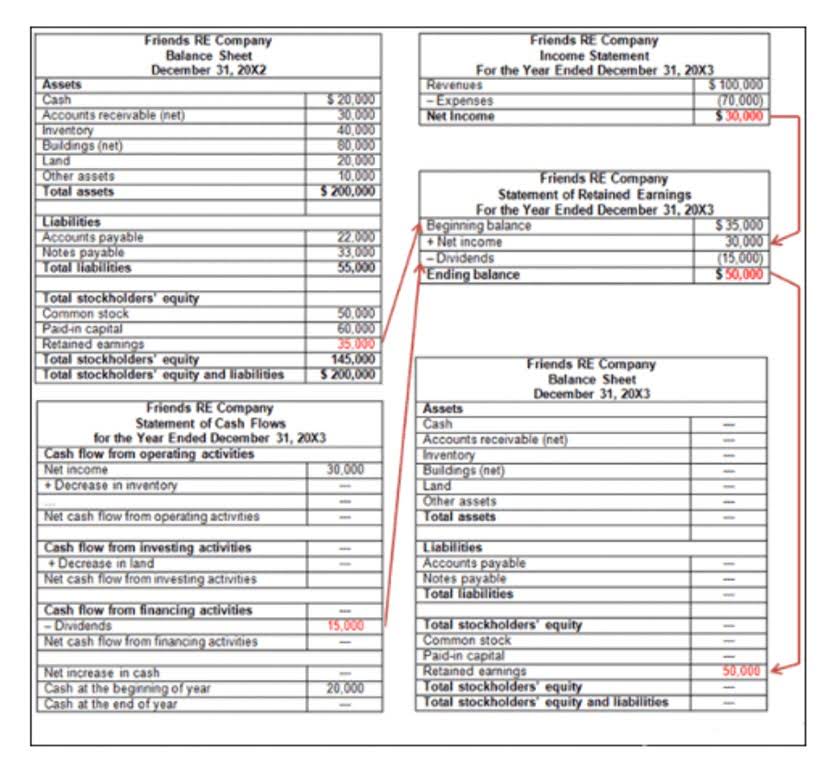
Billing errors or mismanagement of client funds can violate ethical standards and lead to serious legal consequences. Firms should ensure their billing practices comply with legal ethics rules to prevent this. Additionally, double-checking expense tracking related to client matters is essential for maintaining professional standards. We want to ensure your legal practice is satisfied with our suite of comprehensive cloud-based software services. With all-inclusive pricing and no long-term contracts, CosmoLex is law firm chart of accounts the safe legal practice productivity solution you have been looking for.

The 6 Trust Accounting Reports You Should Review Each Month

Investing in training ensures your staff understands both the technical and compliance aspects of managing general ledgers. In the fast-paced world of law, managing the financial intricacies of a practice can often feel like being cross-examined by a particularly aggressive opposing counsel. It is the snapshot of the firm over a given period, i.e., fiscal year, typically the calendar year.
How General Ledger Integrates with Other Financial Software Used by Law Firms

To avoid upset clients, explain your bank’s policy on holding funds and your bookkeeping procedures for disbursements in advance. IOLTA programs work with financial institutions to maximize their revenue, requiring banks to pay interest rates comparable to non-IOLTA accounts and negotiating to increase interest rates and lower service charges. IOLTA funding also supports self-help and other educational resources, such as legal information websites and legal assistance hotlines. Book your demo today to see how Clio Accounting can manage your bookkeeping and accounting from the same place you manage everything else for your firm. When looking at the importance of solid accounting, you’re really talking about looking at financial data on a regular basis.
- Legal practices often hold client funds in trust accounts, such as for retainer fee payments or settlement funds.
- However, additional payment methods and legal payment processors lead to more compliance requirements.
- When looking at the importance of solid accounting, you’re really talking about looking at financial data on a regular basis.
- This makes it challenging to use a general accounting solution for a law firm.
LEGAL PRACTICE MANAGEMENT RESOURCES

LawPay and MyCase, together, streamline the processes for tracking time and expenses, invoicing, and collecting client payments. Chart of Accounts SampleA sample chart of accounts generally shouldn’t be copied directly into your law firm accounting software without some customization. Law firm accounting requires detailed record-keeping to ensure accuracy and compliance. Decide early on how you plan to complete bookkeeping tasks, how often you plan to do financial reporting, and how you’d like to manage financial records and documents. However, generic small business accounting software, like QuickBooks Online, isn’t equipped to manage these accounts while ensuring compliance with legal standards. As such, the use of these products can actually create more work for attorneys and other legal professionals since complex workarounds must be used to manage trust transactions.
- Moreover, you can use the information from your law firm’s chart of accounts to help determine key financial details about your firm—which is necessary for making data-driven decisions.
- Until recently, the GL was a physical book or books that were posted by hand, but law office accounting software has now replaced books in almost all law offices.
- Law firms require accounting software because they deal with intricate financial activities that are unique to the legal profession.
- Even if you use apps or other solutions to track expenses, it can be tedious to consolidate data into one spot.
- A legal practice should also be sure to implement the right internal controls for document retention and recordkeeping.
- By depositing the wrong funds into a trust account, you change the nature of the account, opening it to the risk that it could be raided by firm creditors.
These accounts capture the firm’s assets, liabilities, income, expenses, and equity, providing a comprehensive view of the firm’s financial health. The general ledger serves as the source of data for generating key financial statements, including the income statement, balance sheet, and cash flow statement. These documents offer a comprehensive view of the firm’s financial health, which is essential for budgeting, forecasting, and compliance with regulatory requirements.
- The lawyer shall promptly distribute all portions of the property as to which the interests are not in dispute.
- She can translate complex subjects into simple, concise, and entertaining information that audiences can actually use.
- The Debtors Age Analysis, Excel Pivot, includes an option to filter by Department(as well as by Matter owner).
- However, if the amount of money is small or if the lawyer only holds the money for a short time, the costs of collecting interest might outweigh the amount of interest the funds can earn.
- Along with the reports you need to stay up-to-date on your accounts, General Ledger also includes a convenient Advanced Client Cost report to ensure that you collect costs that could otherwise be missed.
When setting up your firm’s chart of accounts, the details real estate cash flow matter, so be sure to review each item to make sure that it is always properly attributed in your accounting system. For example, if your income statement accounts show a lower-than-expected profit, the general ledger can help you identify the specific transactions that contributed to this shortfall. Perhaps there was an error in recording a client payment or an expense was incorrectly categorized. List of AccountsThe list of accounts is a hierarchical outline of the firm’s financial accounts, grouped at the top level by assets, liabilities, equity accounts, revenue, and expenses.
